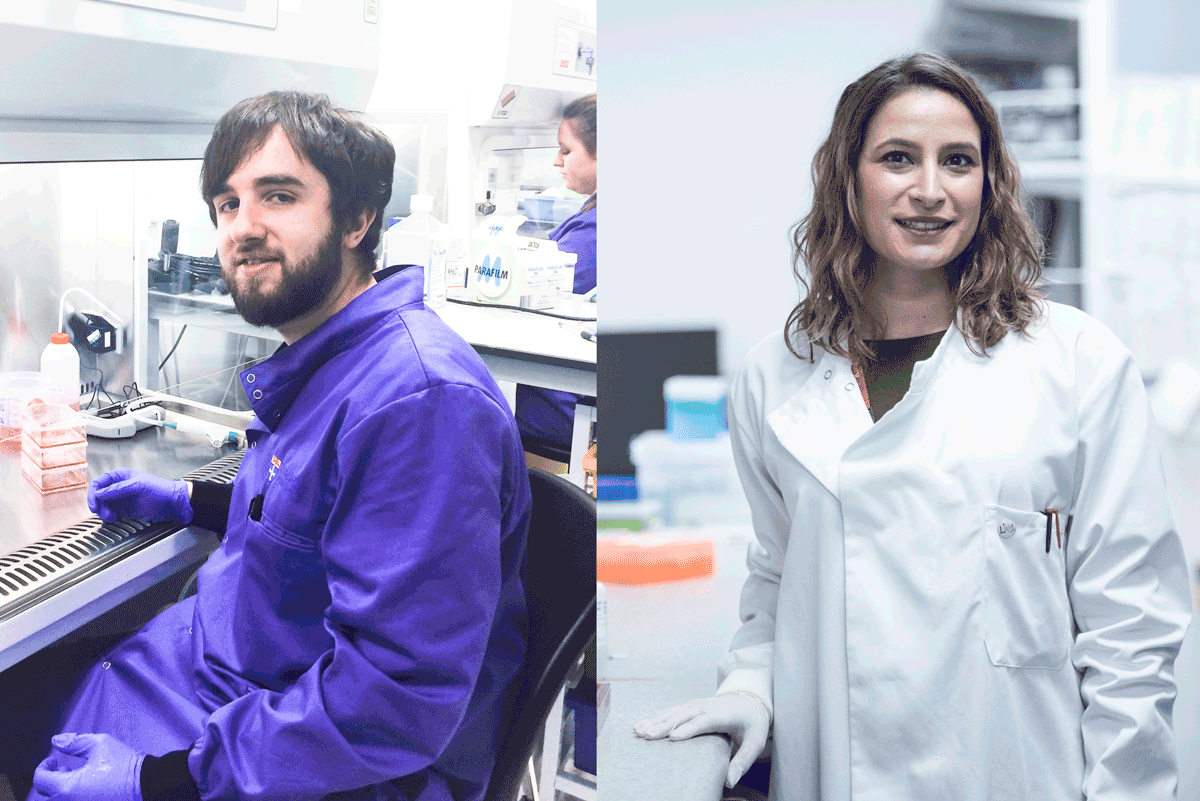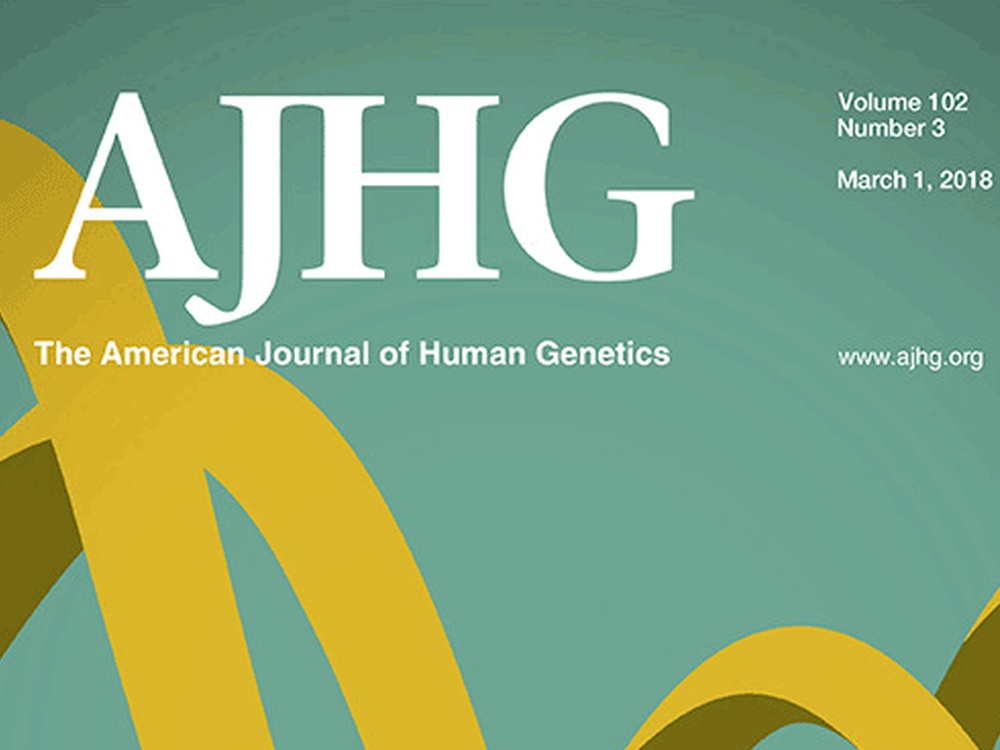Dr Kyle Thompson and Dr Ines Barbosa, both research associates funded by The Lily Foundation, contributed to the paper published in the March issue of The American Journal of Human Genetics, a monthly peer-reviewed scientific journal. The extensive author list provided in the article is made up of 50 clinicians and researchers from the UK and the USA, including Prof Bobby McFarland and Prof Rob Taylor who both work closely with The Lily Foundation and are members of the Lily Medical Board.

“The involvement of Lily-funded researchers in this study highlights the charity’s continued commitment to helping provide families with a genetic diagnosis for mitochondrial disease,” said Liz Curtis, founder and CEO of The Lily Foundation. “It also demonstrates the importance of international collaborations in confirming a diagnosis for some mitochondrial diseases. The Lily Foundation is very proud that our researchers are playing a vital role in this.”
The article describes the clinical features of two children with suspected mitochondrial disease. Whole exome sequencing (WES) was used to identify changes in a gene called ATP5F1D, which contains 'instructions' to make a protein that forms part of the energy chain used by the mitochondria to produce energy.
The next stage of the study involved producing scientific data to show that the genetic changes the team had identified were responsible for causing mitochondrial disease. Several different approaches were used to do this, including investigating the activity of the mitochondrial energy chain in skin cells from the patients and looking at the structure of the mitochondria within these cells using a powerful transmission electron microscope.
Experiments were also performed with fruit flies, often used in the laboratory as a genetic model for human disease. These flies were engineered to carry a genetic change in the same gene identified in the patients, which confirmed that the changes were leading to mitochondrial disease.
The overall conclusion of the study was that the two children had different genetic changes within the same gene that were both causing mitochondrial disease. These changes were shown to cause a fault in the last part of the mitochondrial energy chain, which has been reported before but is very rare. Despite this, the authors believe that more genetic changes in the same gene will be identified, which will provide an opportunity to better define the clinical features associated with the change. This information may then be used to help provide a genetic diagnosis to more patients in the future, which is a key mission of The Lily Foundation.

